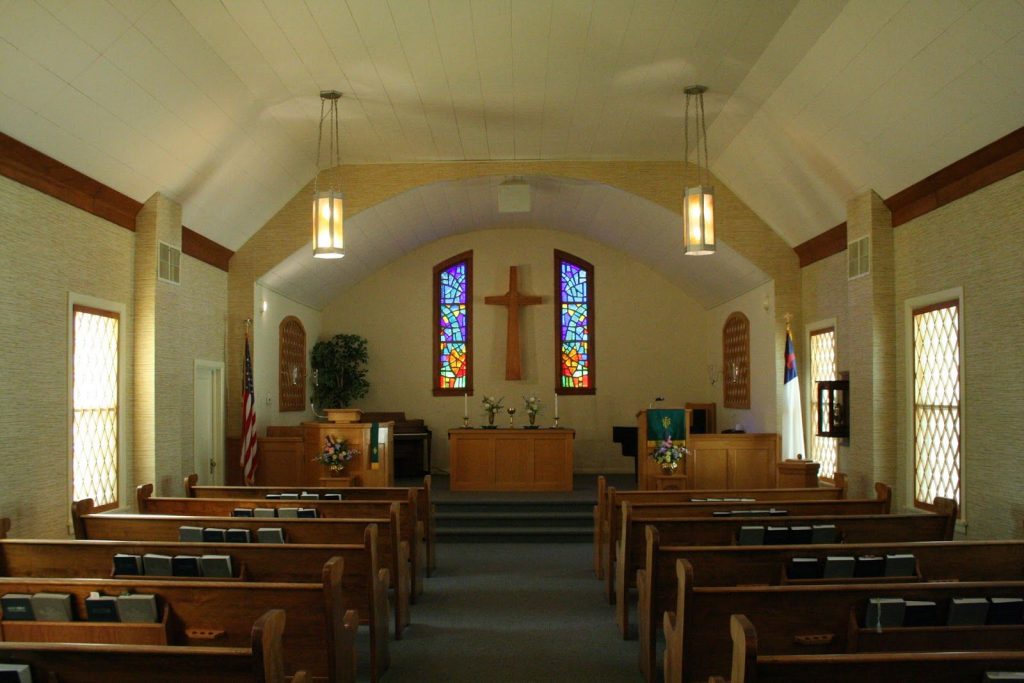 Building to Body
Building to Body
Transitioning from Institutional to Organic Church
Jon Zens
After hearing what I shared in the sessions at a conference in Mexico City, a brother from America suggested that I write about how a traditional church could morph into an organic ekklesia. After reflection, here is how I would respond to such an idea.
One common question that often comes up is “How can typical church structures move from the status quo to being more like family, where there is more body-life?” Since many are content with church-as-it-is, this question implies that someone or some people in the church have seen things in the New Testament that are missing and that would encourage growth and maturity if practiced.
What would have to happen in order for a church to see more life and less organization? What kind of changes would take place over time if the people in a traditional church wished to follow the Lord in church life? These are tough questions, and it is hard to know where to start! Obviously, there are numerous traditional components in how churches function that are embedded in people’s minds. Let’s work our way through some of these key ingredients using a pretend scenario – the thoughts and actions of a pastor who is wrestling with how to move the church more toward Christ and away from outward religious routines.
So the pastor is sitting in his office with a million concerns on his mind, especially those about how to improve the church he leads. Reflecting on what happens week after week he realizes, of course, that it is all interconnected — an inherited system is in place.
Assuming that the building the church meets in will be retained and used as changes take place, the pastor’s thoughts turned to the big picture, and then he began to focus on changes that could be slowly introduced into the church, knowing that resistance was likely. In fact, he inwardly cringed thinking about how the board and the big donors might react to even small changes. Nevertheless, here is the big sweep he envisioned, occurring one chunk at a time.
** Move the pews out. Maybe put chairs in concentric circles, in order that people could look at each other, and not stare at the back of people’s heads. This set-up would be conducive to the open gathering revealed in 1 Corinthians 14. Then Christ could be expressed through the body as “each one” has a portion of the Lord to bring to the table. An important aspect of the lay-out would also include getting rid of the platform. Instead of elevating some people with an audience looking at them, it is best to have a level playing field where the brethren can function.
** Disband the worship team. Let the singing and praise emanate from the assembly, not from a special group up front. “Each one of you has a song . . .” Again, removing the platform diffuses the looking forward to entertainment dimension.
** Stop printing a church bulletin. Ask the Lord to guide the body into a beautiful expression of Jesus. Each meeting will be different. What happens cannot be put in a box, or be predicted, The Holy Spirit blows like wind, revealing Jesus as He wills, It is risky, it is vulnerable, but the immense blessings are immeasurable! This doesn’t mean nothing is ever planned, but it does mean that the group desires for any plans to come from Him, not them.
** Remove the pulpit. Let the body function as the Head leads: “you may all prophesy one by one.” As R.C. Sproul once said, “In Protestant worship, for the most part, we sit and listen to a sermon.” There is nothing about such activity in the New Testament. We end up with an audience of ears. What blessings we are missing by only hearing from one part and not the whole body!
After thinking about the last point, the pastor realizes that another unthinkable, but unavoidable implication arises.
** Eliminate the pastor as the center point of church life. There is nothing in the New Testament about each assembly having one pastor at the helm. By elevating this one position, which comes to us by human tradition and not by the Lord’s revelation, we effectively nullify what is revealed – 58 one another’s. The New Testament unfolds face-to-face community, lived out in the context of loving one another, encouraging one another, listening to one another, speaking the truth to each other, etc. Paul said the body is not one part, but many. The NT does not know anything about “the pastor,” yet we functionally put all our eggs in this non-existent basket. The institution of “the pastor” is one of the biggest blockades to the Lord’s life coming to expression in the church.
As he seriously contemplates all these changes, the pastor sees another difficult conclusion coming out of the wings.
** As the body expresses Christ together in simplicity, is a building with all its expense and upkeep really necessary? The explosive early years after Pentecost took place house to house, and there was no monetary overhead, no salaries, and no religious buildings. All the elements present in a church building today did not exist in the early church. The Holy Spirit lifted up Jesus through the brothers and sisters without worship bands, pulpits, sermons, pews and church bulletins. Since the components that are in church buildings are in truth unnecessary, why must we put so much focus on brick and mortar to house them?
The pastor leans back in his chair and reviews in his mind the changes that would need to take place in order for Christ’s life to blossom in the assembly. He knows in his heart that if these changes were initiated, he would find himself outside the building without a job. The people are just used to defaulting to the pastor and his sermons.
He sees that for organic life to flourish the whole system he is a part of must be removed and life in Christ must start from scratch, from within His people. The institutional model is ultimately incompatible with Jesus’ rivers of living waters flowing through His flock. There are just too many traditions that impede the flow at every turn.
The pastor brings his chair forward, picks up a pen, and with tears running down his face begins to work on his next Sunday sermon. – September 3, 2019
** Frederick Buechner noted, “what goes on in [AA] is far closer to what Christ meant his Church to be that what goes on in most churches.” Consider this 18 minute video, “From Building to Body,” for further thoughts flowing out of Buechner’s remarks:
Frank Viola, Finding Organic Church
Frank Viola, Reimagining Church

 Author, speaker, editor of Searching Together, itinerant encourager of relational communities.
Author, speaker, editor of Searching Together, itinerant encourager of relational communities.
Speak Your Mind